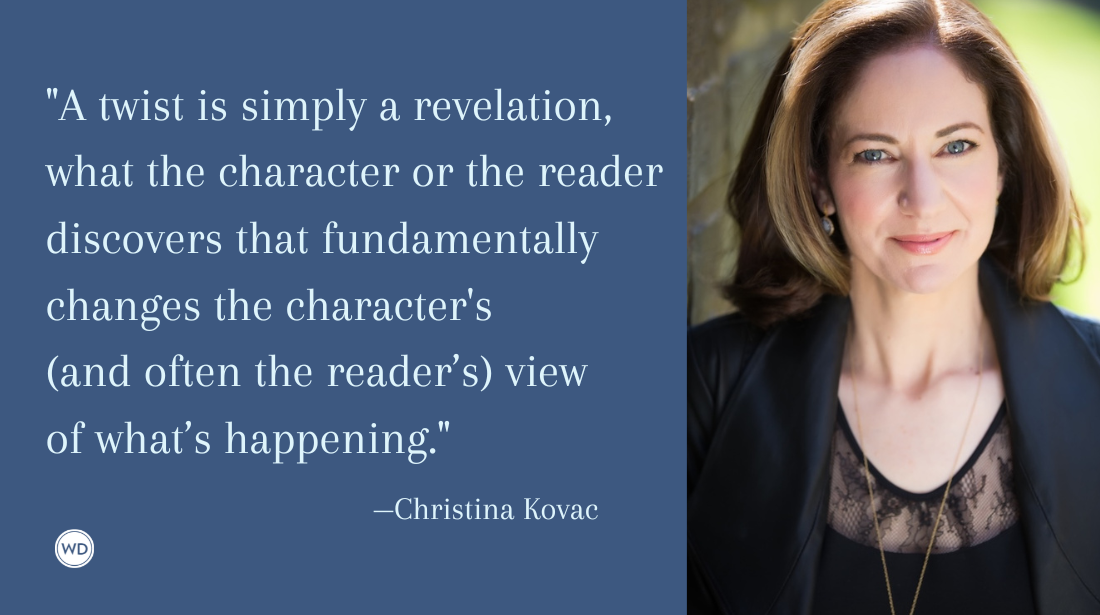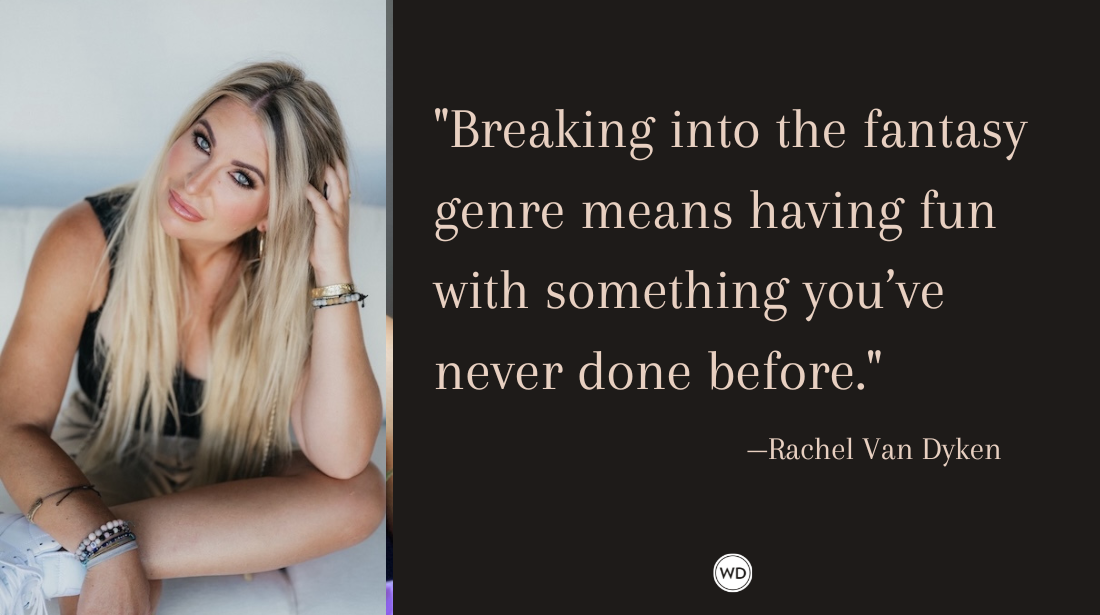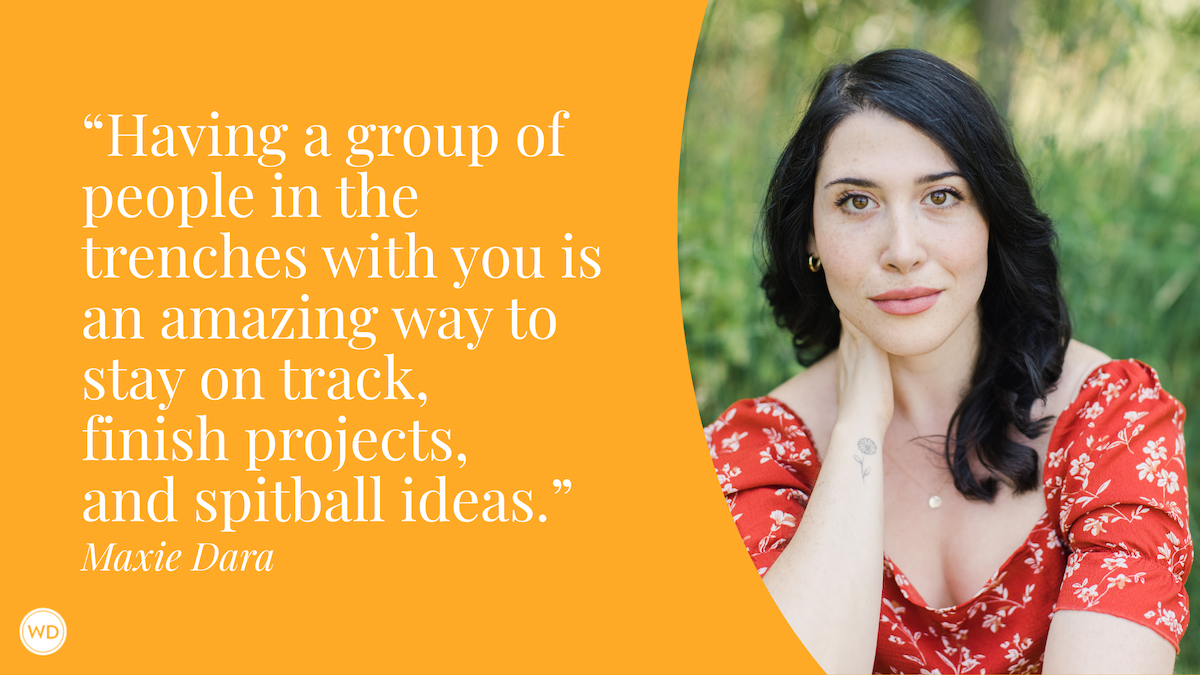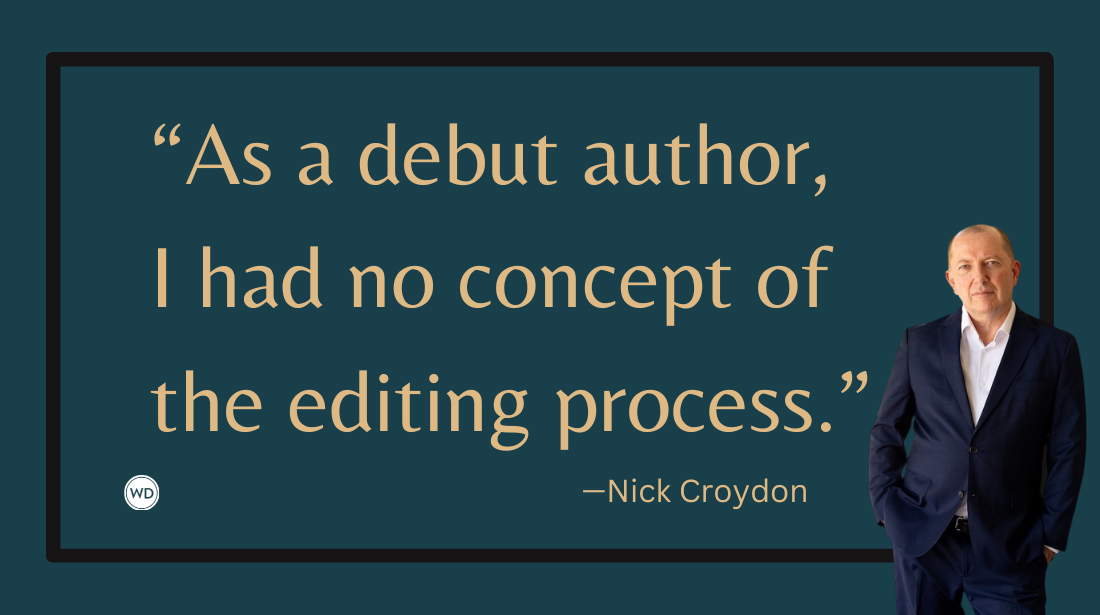How to Use Economic Class to Develop Characters
Author Galia Gichon’s research for her historical fiction novel, The Accidental Suffragist, helped her understand the moment better, and infused what she learned into her characters.
We all know that conflict makes good fiction. For me, it began when I chose to write my debut novel in historical fiction about the suffragists. Their tireless cause spanned more than 50 years before the 19th Amendment was passed by Congress in 1919.
As I researched the historical details, looking for a fictional angle with conflict that would enthrall a reader, I learned mostly wealthy women were at the helm of the movement. They were courageous, brave and heroic, devoting their lives to the suffragist cause: fighting for women to get the right to vote. Yet at times it was hard to feel compassion for them; who wanted to root for a group of affluent women?
Looking at the Economic Class of Characters
The upper socioeconomic class of these women glaringly stood out. They did have to fight within their own community (particularly their husbands and family), but they didn't have to worry about who was taking care of their children, cooking their meals, or cleaning their palatial homes. It was soon evident that conflict was apparent through the disparity in the main characters' economic classes. The women from these different economic classes did share a common goal of fighting for women to get the right to vote, but they traveled very diverse paths on the road there, had different rationales for joining, and went about the fight in their distinctive manners.
As a result, economic class differences ended up playing a much more prominent role in my novel, The Accidental Suffragist, than anticipated. The main character Helen Fox finds herself in the tragic situation of her daughter dying in the Triangle Shirtwaist fire. This never would’ve happened if she had been an upper class woman. She ends up working for the suffragists, not because she feels so strongly for the cause but because she needs the money, and it does help alleviate her grief—to some extent.
Throughout the novel, Helen has the ongoing worry of not enough money: not enough coal to heat her house and keep her family warm, not enough money to buy meat, some weeks not enough money for a week’s worth of food for her family. From the moment she begins to work for the suffragists, she feels the contrast, because she doesn’t have any domestic help compared to the other suffragist women. In fact, after working for the cause all day, she walks home at the end of the day; takes care of children, cleans her home, and shops for food. She’s much more tired than the other women. In addition, her community doesn’t support her suffragist work, which makes her feel especially alone.
IndieBound | Bookshop | Amazon
[WD uses affiliate links.]
The added burden Helen and her economic class experience is their comparably worse physical wellbeing. They work in factories with less ventilation, which affects their health, have poorer quality medical care, and live in closer quarters. When Albert (Helen’s husband) goes to enlist in the army for World War I, he fails the medical exam. He feels defeated and inferior to his wife’s suffragist work; causing a wider rift and more tension between the couple. It was fascinating to create this conflict between the couple that might not have arisen had Helen stayed working her factory job from before.
Why Does This Matter?
Helen’s economic struggle makes the reader connect to her, fight harder for her, and root for her success. They can relate to the tension between her and her husband, and the strain between her and her neighbors. She has more to lose and bigger obstacles to overcome than the wealthier suffragist women, but the tension is still there.
At one point, she is kicked out of her home. While it wasn’t ideal for any woman in 1918, it is particularly serious for a woman in Helen’s economic class. She has no family to stay with, her neighbors have no room in their apartments, and she is ashamed to ask the wealthier suffragist women if she can stay with them. She has more to lose, and there is no safety net.
Overall, the women from the different economic classes do have a common thread that connects them: their core belief in women getting the right to vote. They are often not compassionate to each other’s struggles, which creates a conflict. Yet they come together and march together, putting aside their dissection to fight for the suffragists: getting women the right to vote. It makes it even more powerful given where they are coming from.
Widely quoted in The New York Times and more, Galia Gichon spent nearly 10 years writing financial research for top investment banks before launching Down-to-Earth Finance, a top personal financial advising firm in New York. Galia is the author of My Money Matters, a personal finance book, which received notable press from The New York Times, TODAY Show, CNN, Newsweek, Real Simple, and more. Galia Gichon frequently leads seminars for Barnard College where she has taught for 13 years. She is an avid angel investor focusing on women-led and impact startups and actively counsels startups through accelerators.









